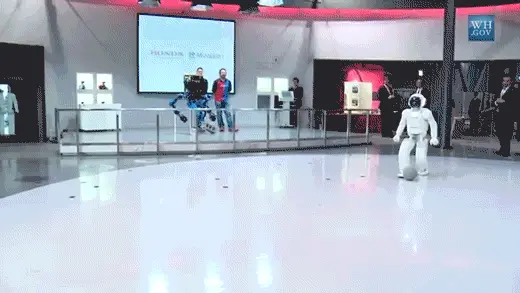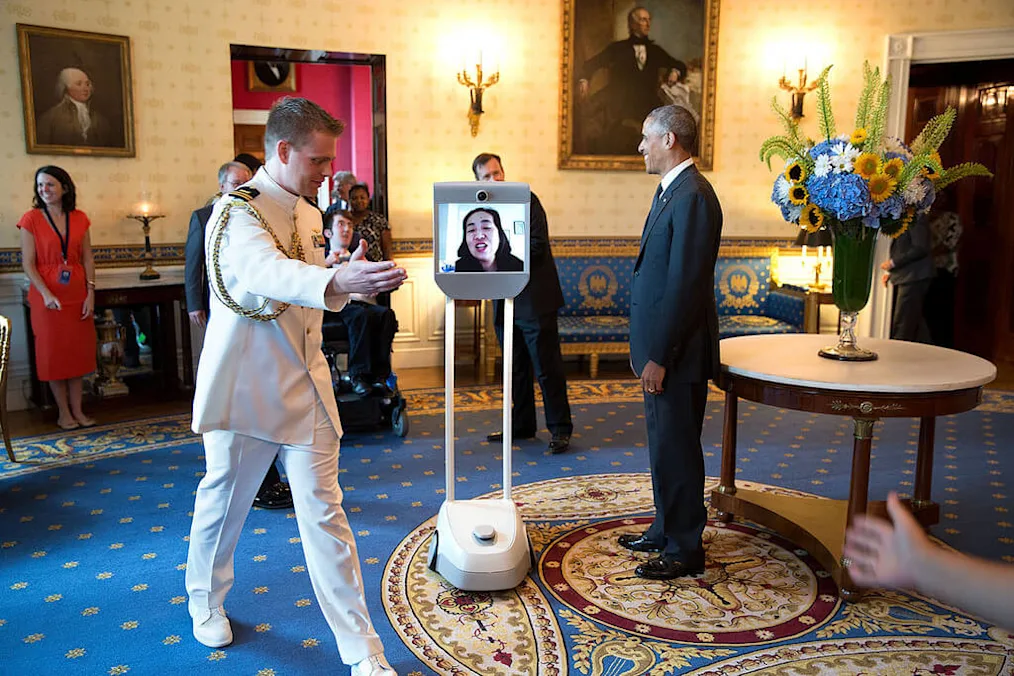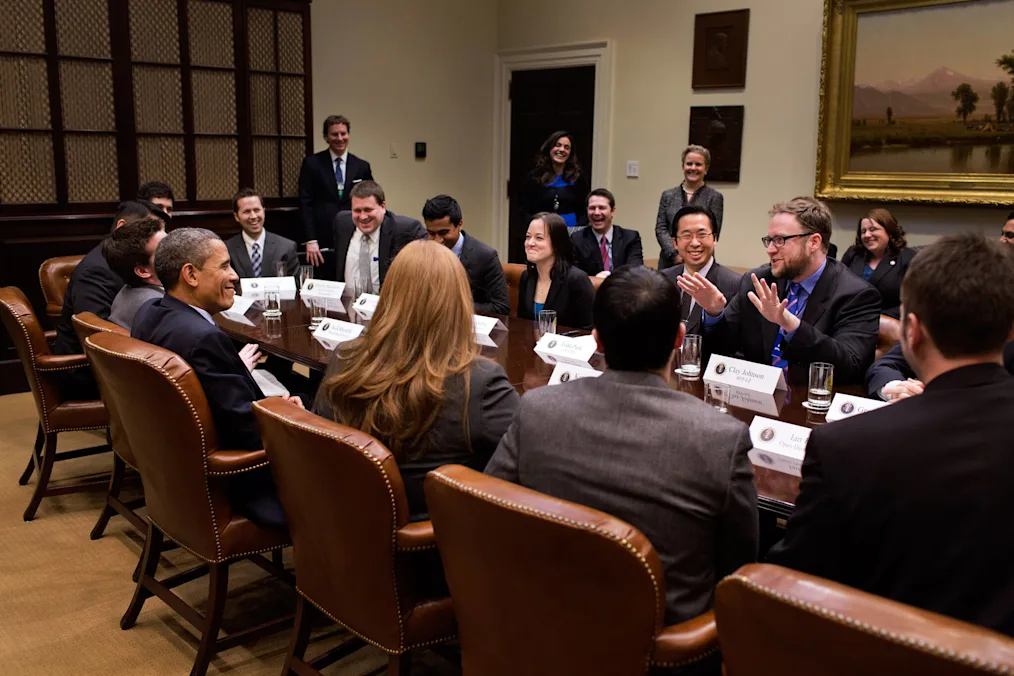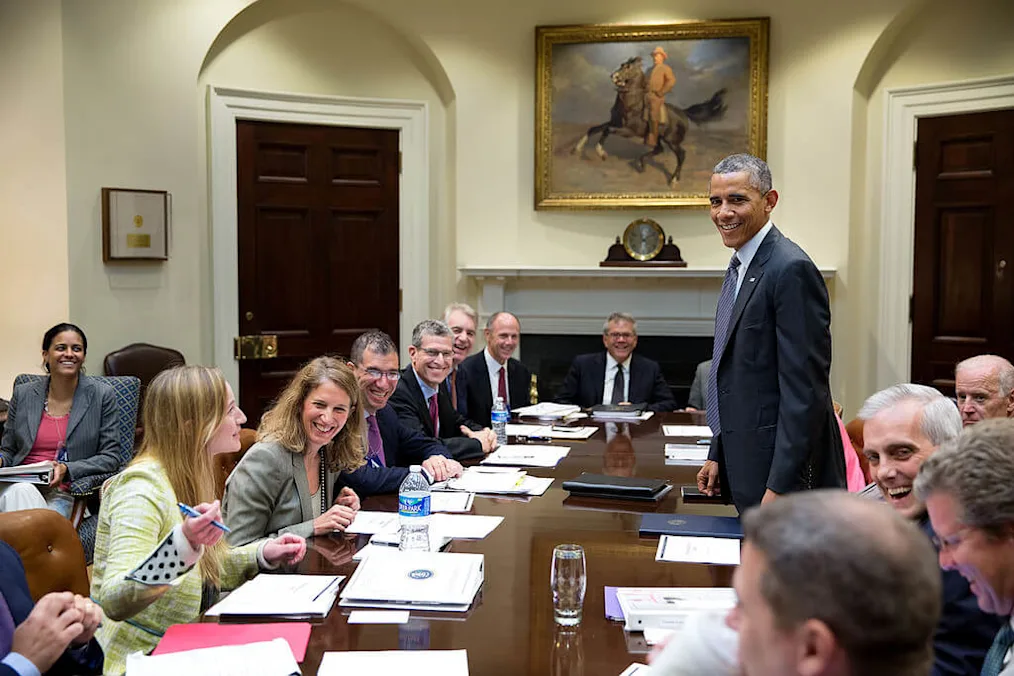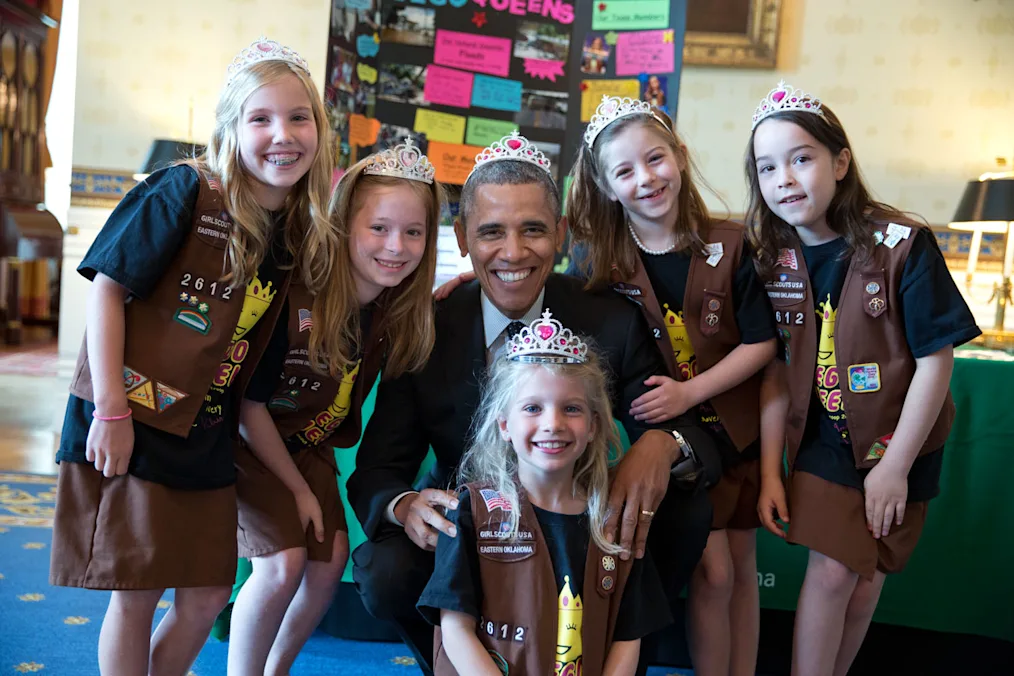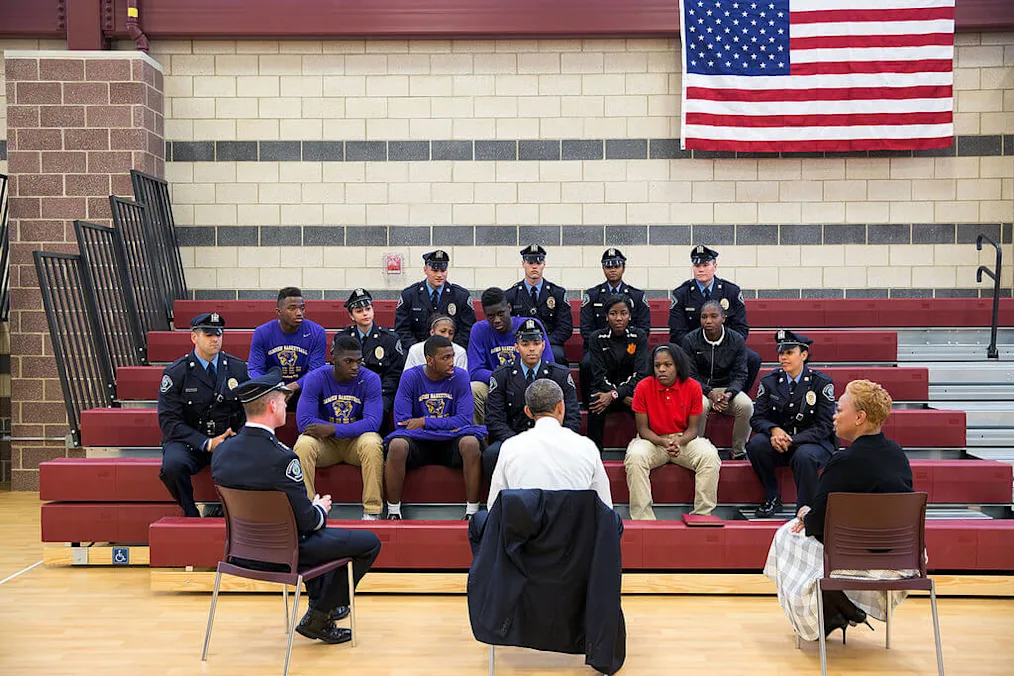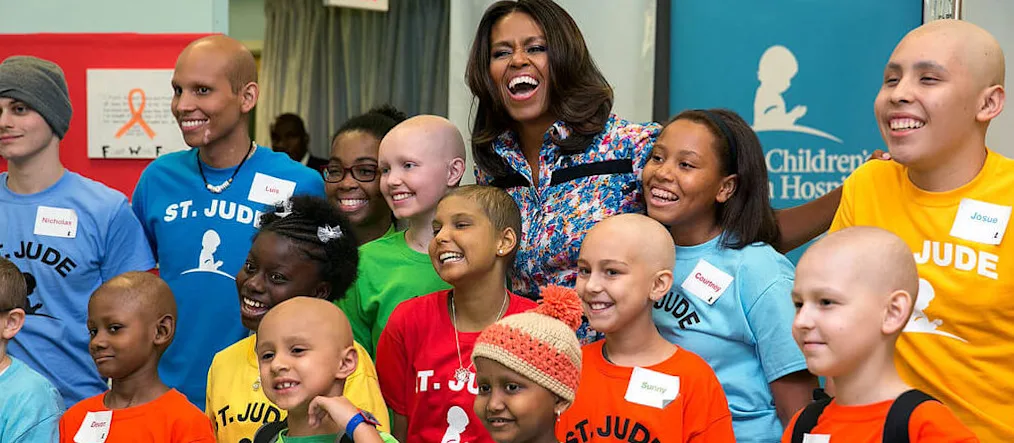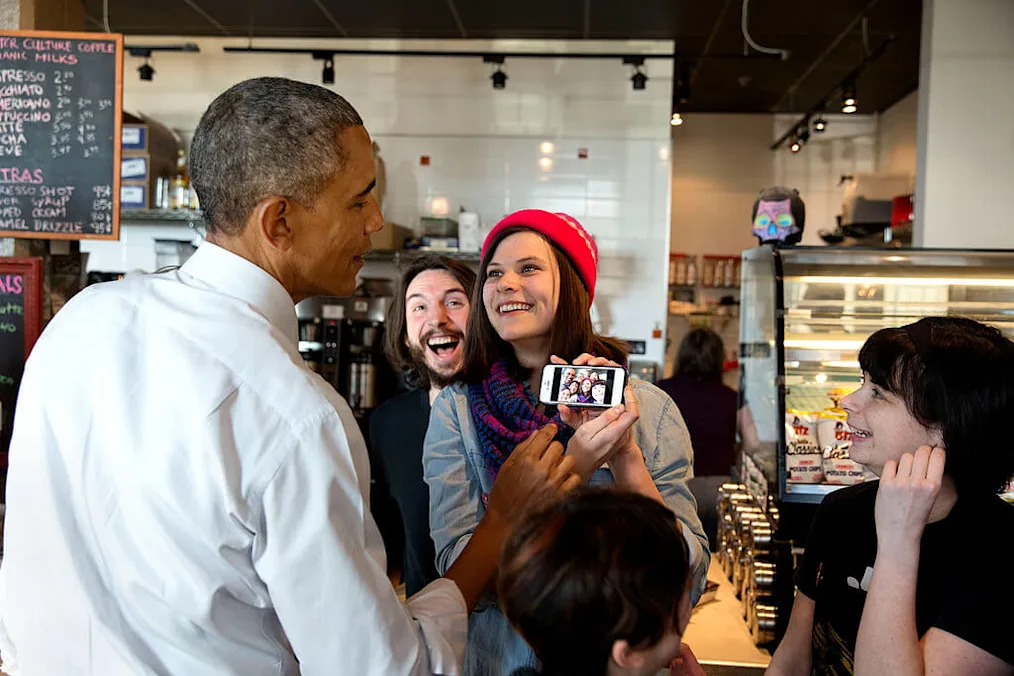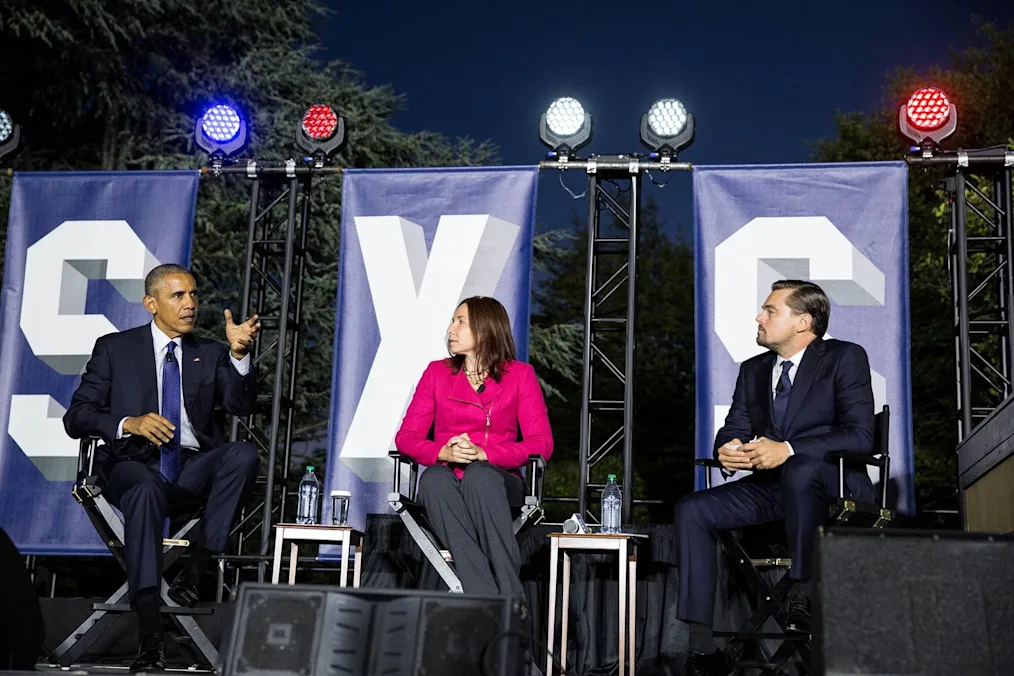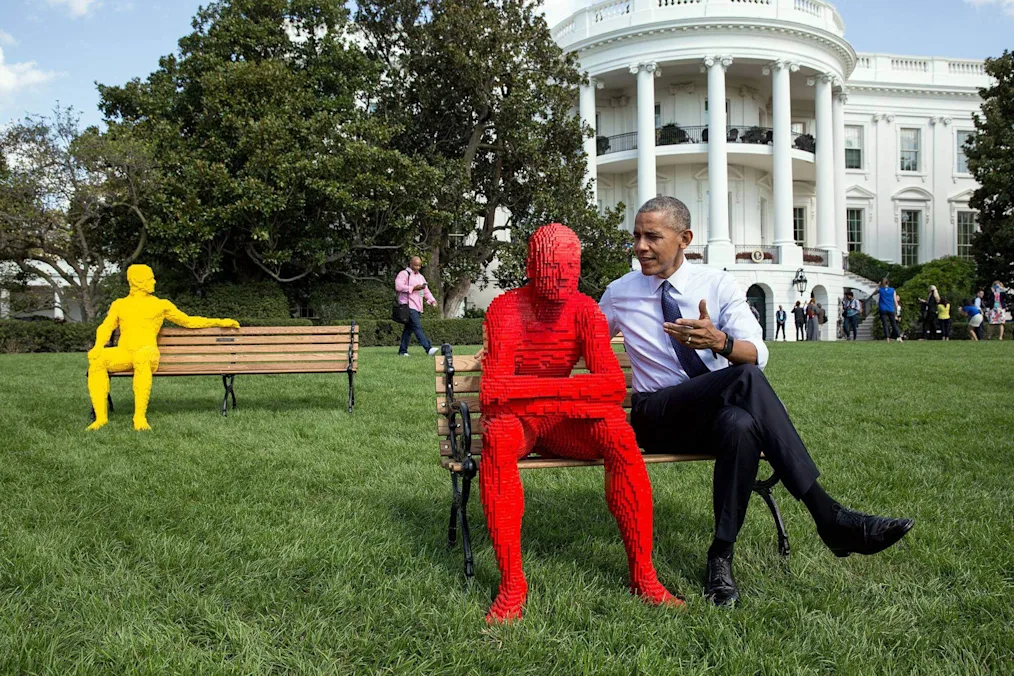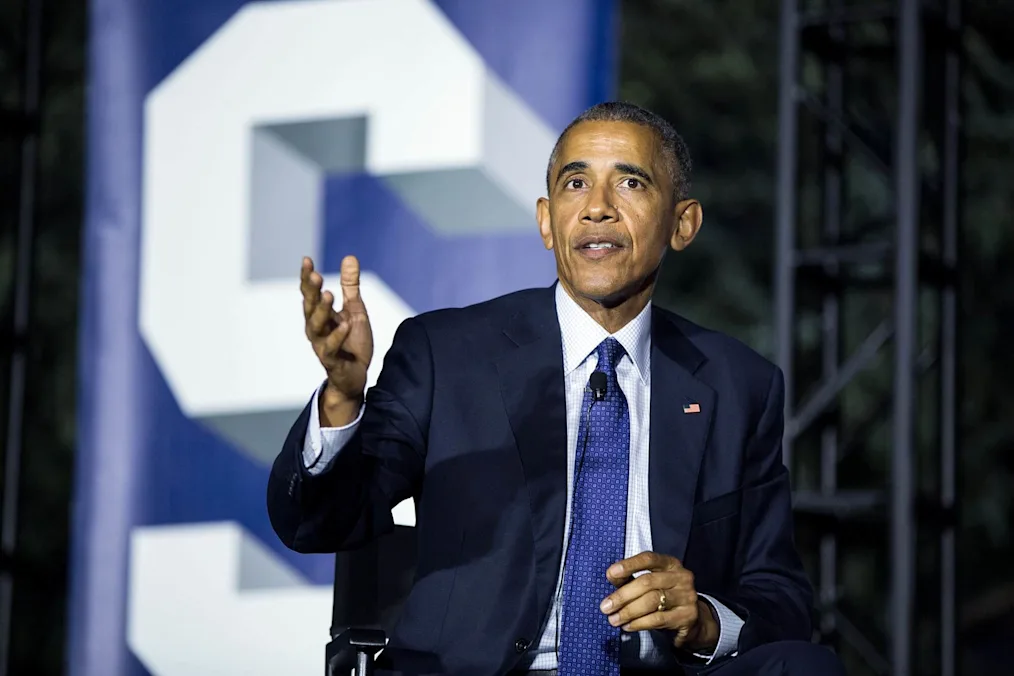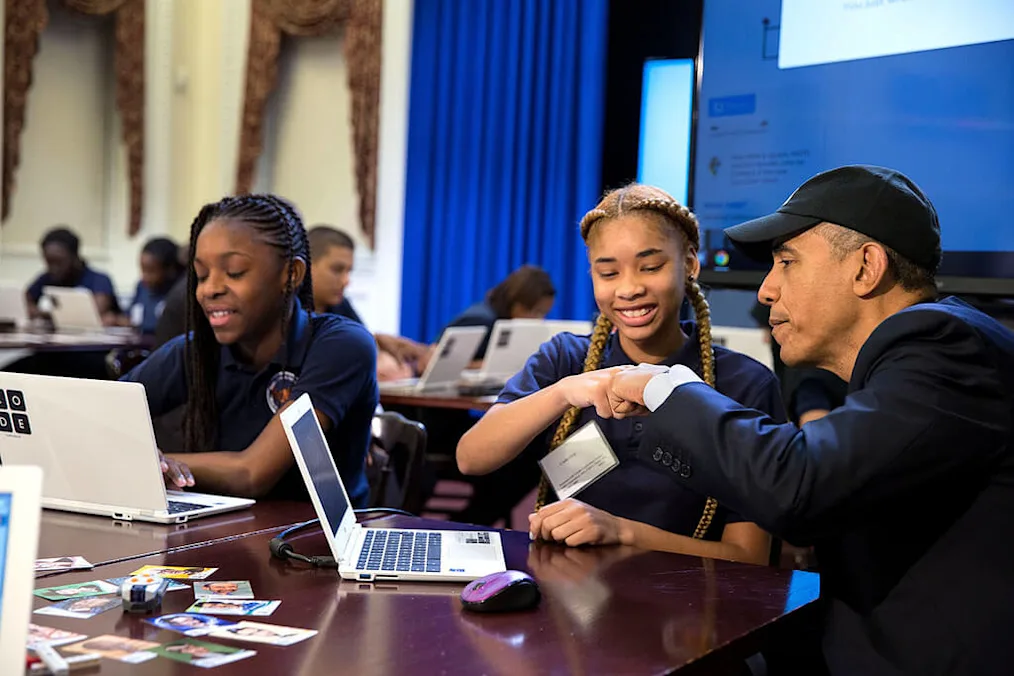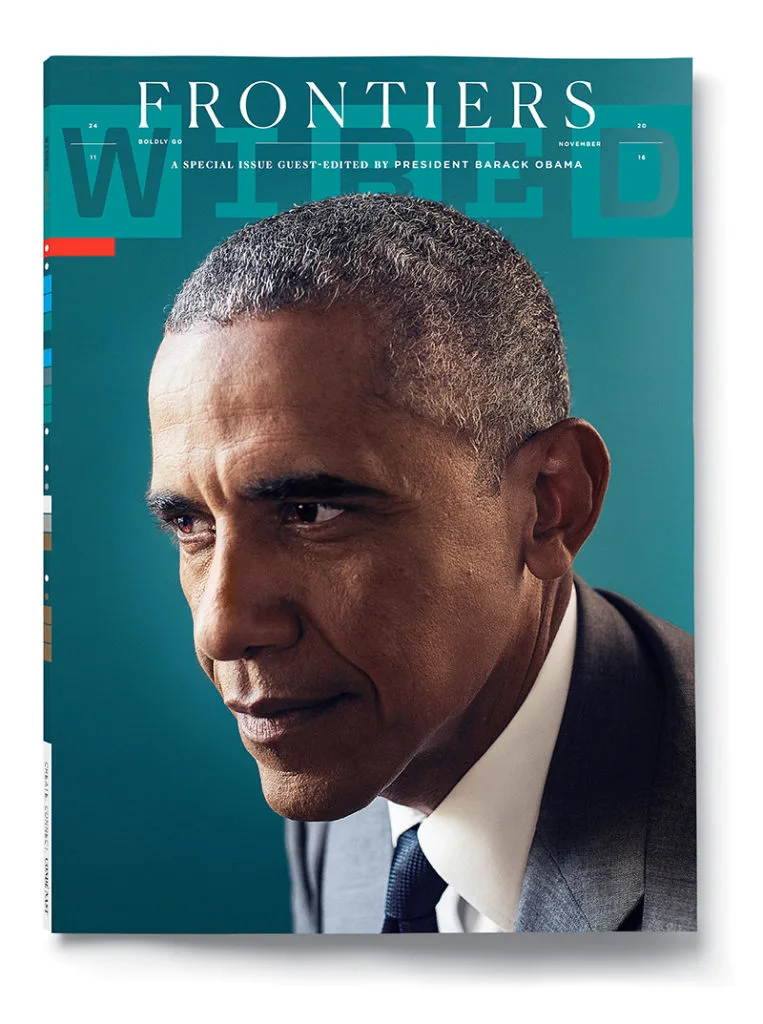Technology
One of President Obama’s top initiatives in office was delivering better digital services to the American people. Furthermore, President Obama and his administration sought to provide the American people with a multitude of ways to engage with their government. He fervently believes in unlocking the power of government data to spur innovation across our Nation and improve the quality of services for the American people.
On his first full day in office, President Obama issued the “Transparency and Open Government” memorandum, making clear that his Administration was “committed to creating an unprecedented level of openness,” and fostering a sense of transparency, public participation, and collaboration amongst the government and the American people.
Since 2009, the Administration made significant progress opening up data sets that have never before been public, and creating new pathways to civic engagement. Today, students are able to compare the cost of college with other significant data points, such as graduation rates and average salaries of graduates to determine where to get the most bang for their buck. Communities can map demographic, income, and school data to promote Fair Housing. Patients can find information on the safety and cost of hospitals, nursing homes, and physicians, empowering them to make smarter health care choices. These diverse tools benefit different groups of people, industries, and communities, yet all rely on one thing: open data.
President Obama’s National Robotics Initiative is part of a broader effort to promote a renaissance of American manufacturing through the Advanced Manufacturing Partnership. This initiative focuses on developing robots that work with or beside people to extend or augment human capabilities, taking advantage of the different strengths of humans and robots. As part of this initiative, the National Science Foundation, the National Institutes of Health, NASA, and the Department of Agriculture are funding $70 million of research for next-generation robotics.
The Presidential Innovation Fellows (PIF) program brings the principles, values, and practices of the innovation economy into government through the most effective agents of change we know: our people. This highly-competitive program pairs talented, diverse technologists and innovators with top civil-servants and change-makers working at the highest levels of the federal government to tackle some our nation’s biggest challenges. These teams of government experts and private-sector doers take a user-centric approach to issues at the intersection of people, processes, products, and policy to achieve lasting impact.
On August 17, 2015 President Obama made the Presidential Innovation Fellows program permanent. He noted that to-date fellows have helped,
Veterans access care and benefits more easily,
Families have greater access to their electronic medical records,
Police departments make their data searchable online, and
Students gain access to high speed internet in school.
Formally launched by the Administration on August 11, 2014, the U.S. Digital Service is a small team of our country’s brightest digital talent that will work with government agencies to find more effective ways to use technology to improve the service, information, and benefits they provide.
President Obama believed climate education and literacy are particularly important for building a 21st-century workforce, where tomorrow’s community leaders, city planners, and entrepreneurs have the information, knowledge, and training to make sound decisions and grow businesses in the context of a changing climate.
He launched the Climate Education and Literacy Initiative to ensure that all students and citizens have the knowledge and training they need to address the climate change challenge. The Initiative ensured that citizens of all ages have a solid grounding in science, technology, engineering, and math (STEM) skills that serve as a basis for discovery, invention, and innovation.
Recent events in Ferguson, Missouri and around the country have grabbed the attention of the nation and the world, and have highlighted the importance of strong, collaborative relationships between local police and the communities that they protect.
On December 1, 2014, the Administration announced new steps they took to strengthen the relationships between law enforcement agencies and the communities they are obligated to protect and serve, including:
Advancing the use of body worn cameras and promoting proven community policing initiatives
Creating a new task force to promote expansion of the community-oriented policing model, which encourages strong relationships between law enforcement and the communities that they serve as a proven method of fighting crime
Reforming how the federal government equips state and local law enforcement – particularly with military-style equipment
In his 2015 State of the Union address, President Obama announced that he’s launching the Precision Medicine Initiative — a bold new research effort to revolutionize how we improve health and treat disease.
Until now, most medical treatments have been designed for the “average patient.” As a result of this “one-size-fits-all” approach, treatments can be very successful for some patients but not for others. Precision Medicine, on the other hand, is an innovative approach that takes into account individual differences in people’s genes, environments, and lifestyles. It gives medical professionals the resources they need to target the specific treatments of the illnesses we encounter, further develops our scientific and medical research, and keeps our families healthier.
President Obama is the first “social media president”: the first to have @POTUS on Twitter, the first to go live on Facebook from the Oval Office, the first to answer questions from citizens on YouTube, the first to use a filter on Snapchat. Over the past eight years, the President, Vice President, First Lady, and the White House have used social media and technology to engage with people around the country and the world on the most important issues of our time (while having some fun along the way).
President Obama supported the FCC’s “net neutrality” decision to adopt the strongest rules possible to ensure Internet Service Providers (ISPs) cannot become gatekeepers to the Internet’s content or create paid fast lanes for access to the best services.
In March 2016, President Obama traveled to South by Southwest® for a conversation on civic engagement. In Austin, he called on creative thinkers and entrepreneurs from across the country to help tackle our toughest challenges. On October 3, 2016, we celebrated that spirit of innovation at South by South Lawn, a White House festival of ideas, art, and action.
At SXSL, we celebrated the inspiring work that so many Americans have already accomplished—called on everyone to roll up their sleeves and discover their own way to make a positive difference in our country.
President Obama traveled to South by Southwest in March 2016 — the first sitting President to do so. In Austin, he made the case for people “from all walks of life, working inside or outside of government, to help us make this democracy even stronger.”
When it comes to tech, the President has had many firsts: the first “Social Media President;” the first President to appoint a Chief Technology Officer; the first President whose White House had built an online civic engagement platform, We The People; the first President with his own tech startups in the United States Digital Service (USDS), 18F, and the Presidential Innovation Fellows. But this Administration’s use of technology is not about novelty. Instead it is rooted in the President’s broader vision about citizenship and service.
In the November 2016 issue of WIRED, guest-editor President Obama explored the theme of “Frontiers” that will shape the coming decades.

